Detailed Explanation of Common Built-in Functions in Python

1. Introduction
Python, as a widely used high-level programming language, is known for its simple and readable syntax and powerful library functions. Since its first release in 1991, Python has become one of the most popular and widely used programming languages in the world. Especially in the fields of data science, machine learning, web development, and automation, Python has shown its unparalleled advantages. Due to its open-source nature, Python has built a large and active developer community, further accelerating its development and application in various fields.
The reason Python occupies such an important position in the programming world is not only due to its syntactical simplicity but also because it has a powerful standard library. Python’s built-in functions are an important part of its standard library, providing many basic yet powerful functionalities that can be used directly without importing any additional modules. These built-in functions greatly simplify the programming process, allowing developers to accomplish more with less code. From performing simple mathematical operations to handling complex data structures, Python’s built-in functions play an indispensable role.
The purpose of this article is to delve into the importance and applications of Python’s built-in functions. We will introduce some of the most commonly used built-in functions, analyze how they work, and demonstrate how to effectively utilize these functions in practical programming. Through this article, readers will gain a deeper understanding of the powerful functionalities of Python’s built-in functions and how they are key factors that make Python an efficient and easy-to-learn programming language.


2. Overview of Python Built-in Functions
2.1
Definition of Python Built-in Functions
Built-in functions are a fundamental component of the Python programming language, referring to those functions that are predefined in the Python interpreter. These functions are part of Python’s standard library and can be used directly in any standard Python environment without any additional module imports.
The main characteristics of built-in functions include:
1. Pre-loaded: Built-in functions are provided with the Python interpreter and can be used without installing additional packages or modules.
2. Globally available: Built-in functions are available in any part of a Python program, whether inside a module, class, method, or in the global scope.
3. Basic functionality: These functions provide many basic, general functionalities, such as data type conversion, mathematical operations, set operations, etc.
4. Efficient performance: Since they are part of the interpreter, built-in functions typically execute faster than custom-defined functions.
5. Simplified programming: They simplify programming tasks, allowing programmers not to reinvent the wheel for common operations.
Built-in functions are one of the cornerstones of the Python language, making Python programming concise and efficient. By using built-in functions, developers can write code that is both simple and easy to maintain.
2.2
Some Common Built-in Functions in Python
In the field of medical image classification, one of the main challenges is the lack of sufficient labeled training data, as the collection and labeling of medical data involve data privacy issues and require considerable time from professional experts to interpret and label. To address this challenge, semi-supervised learning methods have gained popularity in medical image classification. Researchers like Gyawali et al. have achieved great success by mixing labeled and unlabeled data to train models. Additionally, researchers like Yuanhong Chen have achieved significant results by selecting information-rich unlabeled data and using pseudo-labels for model training.
Python provides many built-in functions that are commonly used tools in programming. Below are some common built-in functions and their brief uses:
1. len():
– Used to get the number of elements in a sequence (such as lists, tuples, strings, etc.) or a collection (such as dictionaries, sets, etc.).
– For example: len([1, 2, 3]) returns 3. The demonstration result is shown in Figure 1.
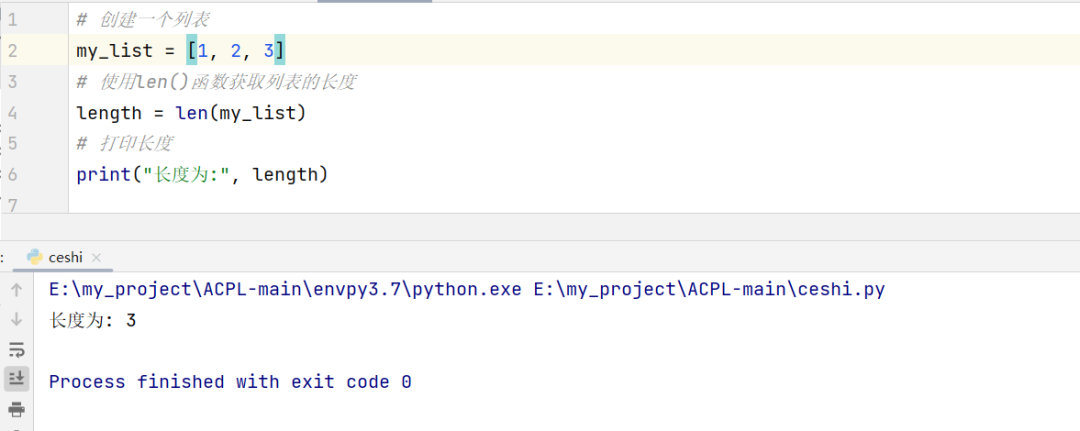
Figure 1 Demonstration of len() function
2. print():
– Outputs information to standard output (usually the screen).
– For example: print(“Hello, World!”) displays Hello, World! on the screen. The demonstration result is shown in Figure 2.

Figure 2 Demonstration of print() function
3. range():
– Generates a sequence of integers, commonly used in for loops.
– For example: range(5) generates a sequence of integers from 0 to 4. The demonstration result is shown in Figure 3.

Figure 3 Demonstration of range() function
4. sum():
– Calculates the total sum of all elements in a sequence.
– For example: sum([1, 2, 3]) returns 6. The demonstration result is shown in Figure 4.
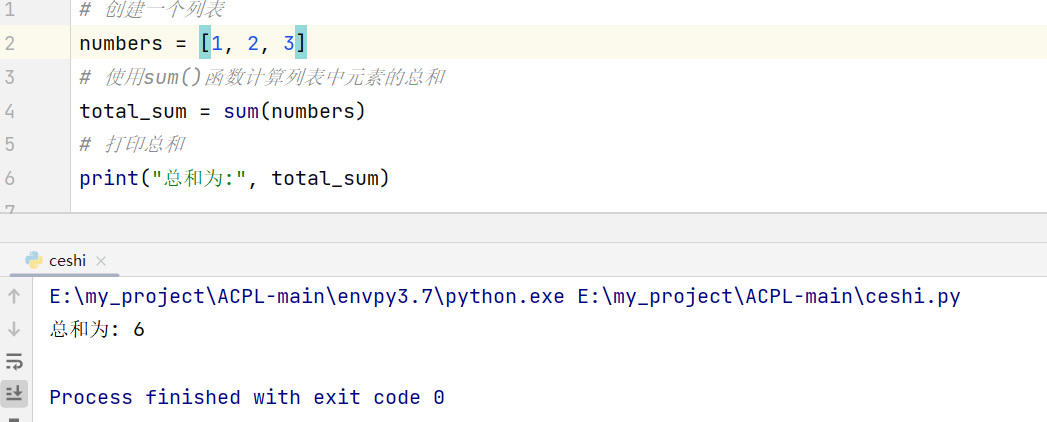
Figure 4 Demonstration of sum() function
5. max() and min():
– Find the maximum and minimum values in a sequence, respectively.
– For example: max([1, 2, 3]) returns 3, min([1, 2, 3]) returns 1. The demonstration result is shown in Figure 5.
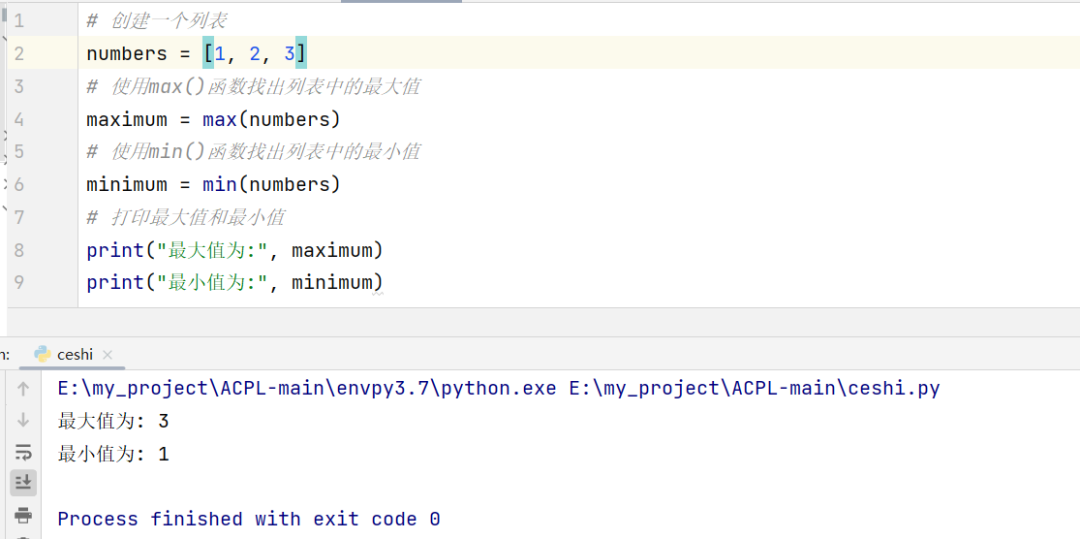
Figure 5 Demonstration of max() and min() functions
6. abs():
– Returns the absolute value of a number.
– For example: abs(-5) returns 5. The demonstration result is shown in Figure 6.

Figure 6 Demonstration of abs() function
7. sorted():
– Returns a sorted sequence.
– For example: sorted([3, 1, 2]) returns [1, 2, 3]. The demonstration result is shown in Figure 7.
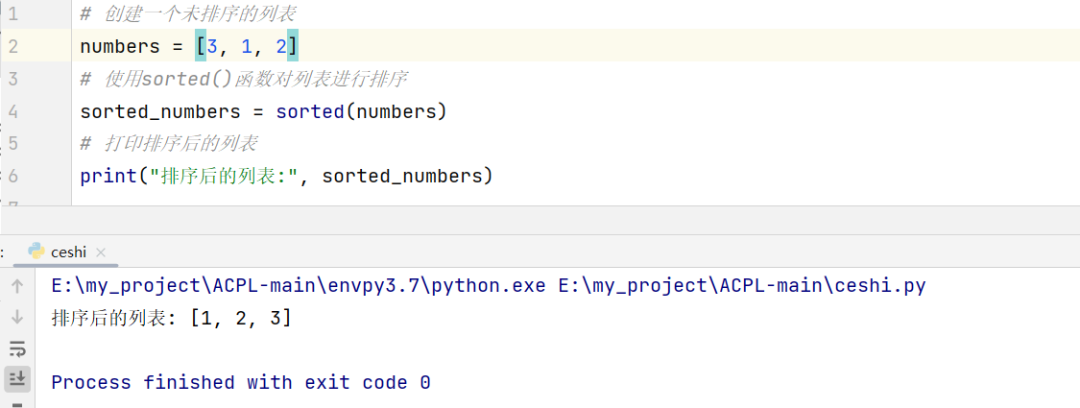
Figure 7 Demonstration of sorted() function
8. type():
– Returns the type of an object.
– For example: type(123) returns. The demonstration result is shown in Figure 8.
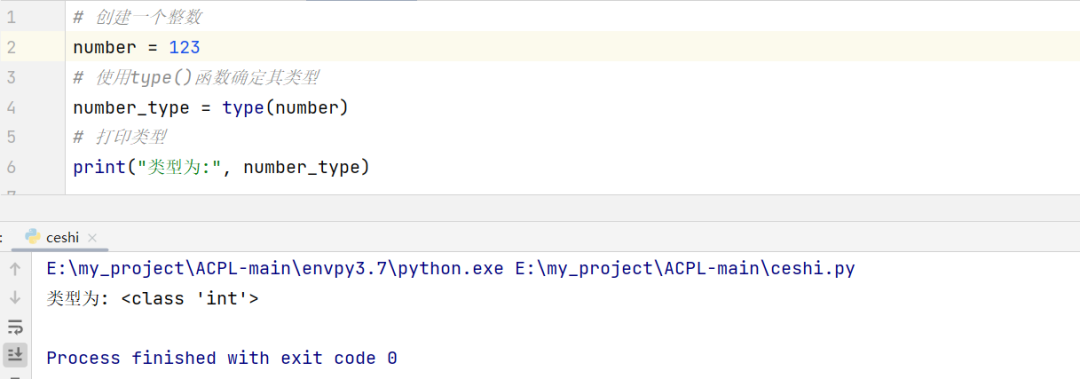
Figure 8 Demonstration of type() function
These built-in functions play an important role in daily Python programming due to their ease of use and versatility. By mastering these functions, developers can handle data and write code more efficiently.


3. Common Built-in Function Types and Principles
3.1
map() Function
Working Principle: The map() function takes two parameters, a function and an iterable object (like a list). It iterates over each element of the iterable, applies the passed function to these elements, and returns a new iterator containing the results after applying the function.
Use Case: map() is very useful when you need to perform the same operation on each element in a sequence, such as squaring all elements in a list. The demonstration result is shown in Figure 9.
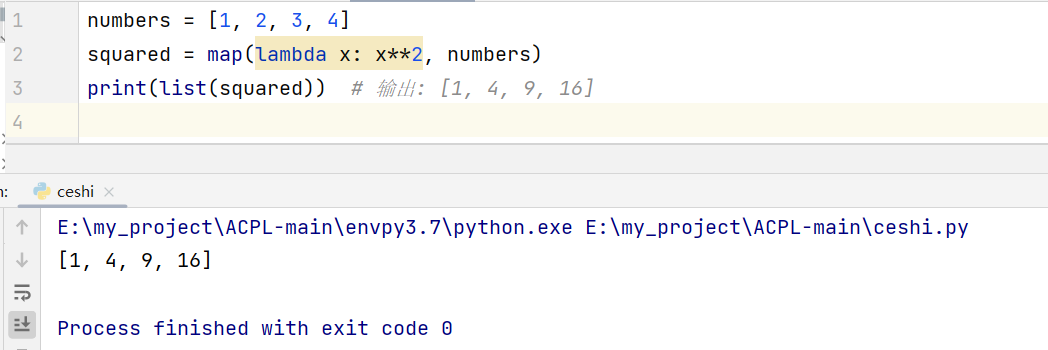
Figure 9 Demonstration of map() function
3.2
filter() Function
Working Principle: The filter() function also takes a function and an iterable object as input. It tests each element of the iterable with the passed function, keeping only those elements for which the function returns True.
Use Case: Used to filter out elements from a sequence that meet specific conditions. For example, filtering all even numbers from a list. The demonstration result is shown in Figure 10.

Figure 10 Demonstration of filter() function
3.3
reduce() Function
Working Principle: The reduce() function is located in the functools module. It takes a function (which must accept two parameters) and an iterable object. It continuously applies the function to the elements of the sequence, accumulating the previous result with the next element, ultimately reducing the sequence to a single cumulative value.
Use Case: When you need to perform some cumulative operation on all elements in a sequence, such as calculating the product of all elements. The demonstration result is shown in Figure 11.

Figure 11 Demonstration of reduce() function


4. Performance Considerations
The impact of using Python’s built-in functions on program performance is an important consideration, especially when dealing with large-scale data or scenarios that require high efficiency. Below are some discussions on the performance aspects of built-in functions versus custom functions:
1. Efficiency and Optimization:
Built-in functions are optimized at the C language implementation level of Python. This means they typically execute faster than equivalent custom functions because they directly leverage the speed and efficiency of underlying C code.
For example, using the sum() function to calculate the total of a list of numbers is usually much faster than manually summing each element with a Python loop.
2. Memory Usage:
Built-in functions, such as map() and filter(), return iterators instead of lists. This lazy evaluation method means they can be more memory-efficient, especially when dealing with large datasets.
In contrast, custom functions may require more memory, particularly when creating a large number of temporary data or copying large datasets.
3. Code Simplicity:
Using built-in functions can make the code more concise and readable, which, while not directly affecting the execution speed of the program, is important for maintenance and debugging.
Concise code typically means fewer bugs and easier optimization.
4. Applicability and Flexibility:
Custom functions can be more flexible and applicable when handling specific tasks. When built-in functions cannot meet specific needs, writing custom functions is necessary.
However, custom functions may not be optimized to the same extent and could become bottlenecks in performance-sensitive applications.
5. Function Call Overhead:
In Python, function calls incur a certain overhead. Using built-in functions can reduce the number of function calls, especially in loops and iterations.


5. Conclusion
The importance of Python’s built-in functions and their applications in daily programming are undoubtedly significant. By providing a range of powerful, flexible, and efficient tools, these functions make Python programming more concise and intuitive. From basic data operations (like len(), type()) to complex data processing (like map(), filter(), reduce()), built-in functions cover a wide range of needs, making Python an attractive choice, especially in fields like data science, machine learning, and automation.
The efficiency optimization and ease of use of built-in functions make them particularly important when processing large datasets and performing complex calculations. They not only enhance the execution efficiency of the code but also improve the readability and maintainability of the code. These characteristics of built-in functions make Python very friendly for both beginners and experienced developers.
Looking ahead, the development of Python may further enhance the capabilities of built-in functions in two directions: First, with the advancement of hardware and technology, new built-in functions may be introduced to better utilize hardware resources, such as multi-core processors and GPU acceleration. Secondly, as the Python community continues to grow and user needs evolve, existing built-in functions may be improved to provide more efficient and intuitive data processing capabilities. These changes may further strengthen Python’s position as an efficient, powerful, and easy-to-learn programming language.
In summary, Python’s built-in functions are key pillars of the language’s powerful capabilities, playing an important role in improving programming efficiency and code quality. The future development of Python versions will likely focus on enhancing performance, increasing functionality, and optimizing user experience in further developing and refining these built-in functions.

For a series of exciting content, click the link below ↓
Included in the collection #Spark Programming Operations · 1 item
Swipe left to view the next article
Detailed Explanation of Common Python Exceptions
More exciting content is available at Taike Education
Please keep following

Scan to sign up for learning
Previous
Period
Recommendation
Taizhang Knowledge | Detailed Explanation of Common Python Exceptions
Deepening HarmonyOS Cognition and Building a Talent High Ground | Xinjiang Agricultural Vocational and Technical College HarmonyOS Application Developer Basic Certification – Public Training Camp officially opened!
Taizhang Knowledge | Step-by-step Guide to Mastering Huawei Firewalls
Battle Report | Taike Education November HCIE Passes 116 People!